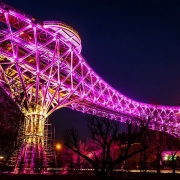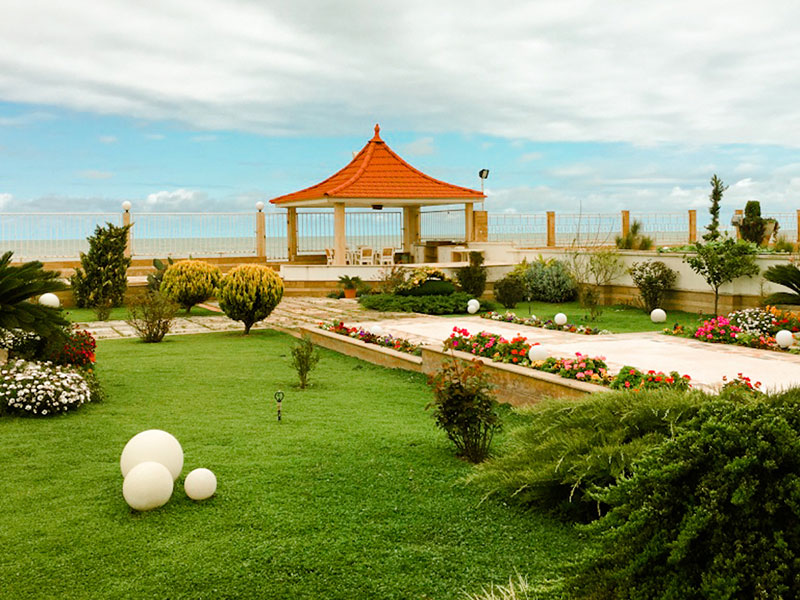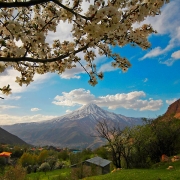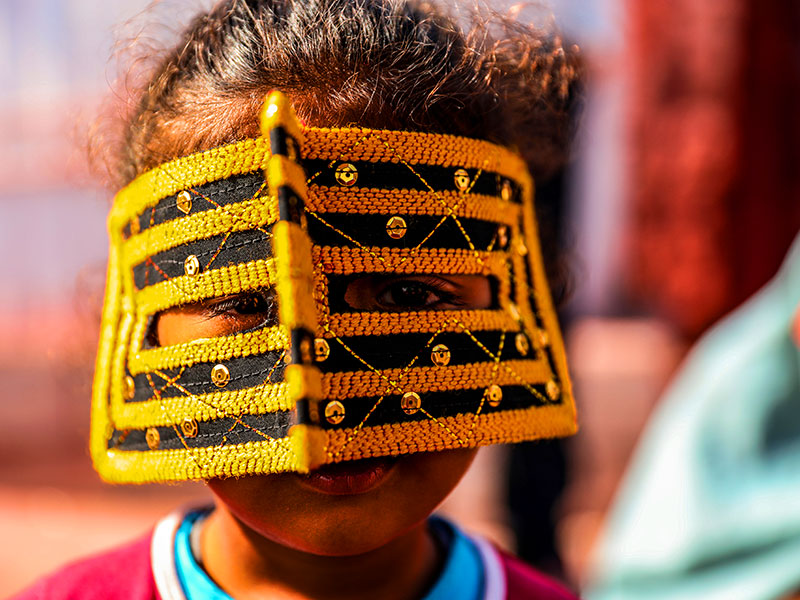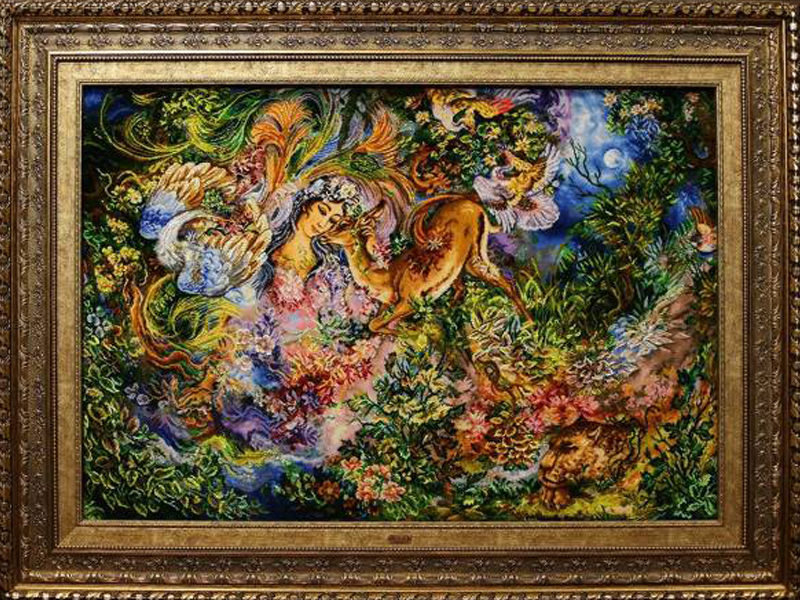Best Iran deserts: A travel guide for sand lovers + photos
Many people appreciate the golden sand dune of deserts, some love it for its peace and calmness, some others like it for safari and off-road activities and some for taking amazing photos. The diversity of Iran deserts can fulfill travelers of various tastes; this article is going to introduce some of these naturally dynamic habitats, and the unique features they offer.
Rig-e Jenn
This desert in the central part of Iran is one of the most mysterious Iran deserts. Local people believe that the region is governed by devil spirits and so, it is cursed. In fact, this is a kind of explanation for the strange disappearances that have happened over time. Many travelers never returned from this wide emptiness which has caused great fear among people and made the desert to be called the “Bermuda triangle of Iran”. There are also strange voices that are really horrifying both for the locals and travelers. For many years, no one dared to travel to the region and find out about its mystery!
Strong whirlwind here causes the sandy hills to move in a way that in some areas driving would almost be impossible on these steep slopes. There is also no water in this desert; however, it still attracts many adventurers. You may ask what is really the secret of the place? Well, the scientific explanation of this scary zone is that it is full of salt marshes, especially the southern parts, and identifying these marshes is not easy. Therefore, if the travelers are not familiar with it and take the wrong direction, they might be swallowed! And the voices are actually the sound of the wind blowing to the natural structures which have been created by erosion. These figures are another reason for causing fear due to their unusual forms! frightening, yes?
If you are still interested in experiencing some adventure here, do not go alone, you must travel in a group and pack food, water, petrol and the highest level of equipment for at least 15 days! Do not forget your map. Wish you an awesome adventure!
To reach Rig-e Jenn, drive through Garmsar road from Kavir National Park to Malek Abad road and then straight to the desert. Check out our RIG-E JENN SAFARI TOUR.
Lut Desert
As one of the most captivating Iran deserts, Lut is a UNESCO-listed natural attraction in Iran. Here was once considered the hottest place on the Earth surface that Nasa had ever registered; 71ºC! It is absolutely an abiotic zone; no living creature can endure here. So, if you are afraid of going to the desert because of usual threats such as snake or scorpion, then do not worry! These creatures will not make it here in such a severe condition.
40 Km to the northeast of Lut, you will reach Shahdad or Kalout desert, where resembles one of the Hollywood cities such as the one you have seen in the Star Wars, with its strange geological figures. Believe it or not, these giant structures that have formed due to wind, soil and water erosion sometimes reach a height of 200 meters! When it rains, the flowing water washes the soil and carries it around the rocks and gradually over time, these huge mud sculptures form! These amazing figures are more than 20 thousand years old.
Walking among these structures, you feel like walking on the surface of Mars while if you are lucky enough, you may hear the voice of wind blowing through them. That is the only voice to be heard at the endless silence of the desert!
Since here is one of the hottest places, the best time to travel and visit Shahdad is definitely winter. You need legal permission to travel to this natural site and it would be best to travel in a group to avoid getting lost.
About 100 Kms from Kerman, you will get to the capital of the province to Shahdad and driving another 40 Kms from Shahdad you will reach these Kalouts. Driving would be the best possible option to get here.
Mesr Desert
Mesr village is an oasis located in the central desert of Iran which has one of the most beautiful sceneries around. Close to the heart of the village, there is a spring that is the only source of water in the area. It is said that one of the villagers named Joseph, once digged a deep well in search of water for the village. Later, people called the village Mesr, meaning Egypt, to remember the story of Joseph the prophet.
Mesr is one of the most attractive Iranian deserts for sand lovers, the peace here is beyond understanding! Walking on the golden sand dunes and feeling its warmth between your toes during the day would probably be one of the most amazing things you can experience here!
Spending a night in Mesr is an interesting story! It is one of the most breathtaking night skies with luminous stars you may have ever seen in your entire life.
This desert is located in Isfahan province, 45 Kms from Jandagh city. You may either drive or travel on a tour to get to this desert.
Bafgh Desert
Not far from the city of windcatchers, Yazd, there is an amazing peaceful landscape to be discovered, Bafgh desert. The golden sand dunes’ height sometimes reaches 80 meters here. Activities such as Camel riding, sandboarding, and safari are only some of the options that make your trip a lifelong experience. If you plan to stay overnight, there is a famous camp named “Shen va Shaden” which also serves traditional food.
The desert is divided into various parts, including Darre Anjir with no plants, Moghestan with beautiful salt hills and also marshes in some parts and Sadegh Abad with its famous tourist camp. If you are looking for the experience of sleeping under a sky you have never seen before, you can set up your own tent and stay overnight in this desert.
To arrive in Bafgh desert, drive through Naeen road on the north of Yazd or through Anar city in the south and then to Bafgh.
Rig-e Zarin
Right north to the Bafgh, there is another desert with hair-raising landscapes that is divided into the northern and southern parts due to the variation in the desert’s altitude. The softness of sands here is kind of impressive, making a memorable experience of traveling to Iran deserts.
Do not forget to take your camera with you! It’s no secret that photographing during sunrise and sunset provides a wonderfully soft light that can make beautiful landscape images. There are many points of interest at Rig-e Zarin that helps you break the repetition of landscapes; the extreme soft sands are also a subject of detail photography.
Drive through the road Ardakan to Ahmad Abad and then straight to the desert.
Varzane Desert
People love deserts for different reasons; off-road activities, taking astonishing photos, etc. But,
Varzane is famous for its high sand dunes which are above the average height among all deserts in Iran. This feature makes Varzane one of the bests for meditation among Iran deserts. Meditation in the prolonged silence of this isolated place while sitting on the warm sand dunes feels incredible.
Sandboarding and paragliding are other activities to try in Varzane. There is no strong wind here to move the dunes; so, you can enjoy camping even for several nights.
There are also cultural attractions in this region; women still wear white veils just as ancient time and if you are interested in connecting with the locals, you may visit their house and see carpet weaving.
To arrive in Varzane, you should use a 4WD; however, if it is the first time you go there, it would be much better to travel on a tour or travel with a guide.
Maranjab Desert
The desert is said to be named by “Shah Abbas”, the Iranian King, meaning a place where water is found with difficulties. In ancient times, deep wells must have been digged to access freshwater. It is interesting to know that, the desert is the habitat to various animal species such as wolf, eagle, snake, fox, lizard, and chameleon due to its endemic vegetation.
Depending on what you are looking for in a desert, you can visit Maranjab during different seasons. It is one of the best Iran deserts to watch meteor shower at night, these astronomical events are announced by NASA about a month before it occurs; so, you have got enough time to plan your tour to Iran.
Just looking for a cool peaceful place to meditate, or sitting around the fire at night, or maybe drinking coffee and listen to your friends’ stories? Then fall and winter are the best time to travel to Maranjab and enjoy your camping.
Arriving in Maranjab desert is rather easy, you should drive through the Tehran-Qom and then to Aran va Bidgol country.
It does not matter why you are attracted to the desert, you will come back with tremendous memories and astonishing photos that make you miss this ocean of sand forever!
Are you planning to travel to Iran? Check out our Iran tours.
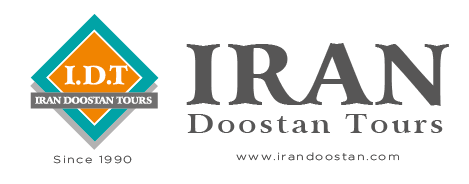



















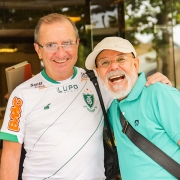









 Mr. Vaghefi at Iran International Conference Centre
Mr. Vaghefi at Iran International Conference Centre Iran Doostan received the national award
Iran Doostan received the national award